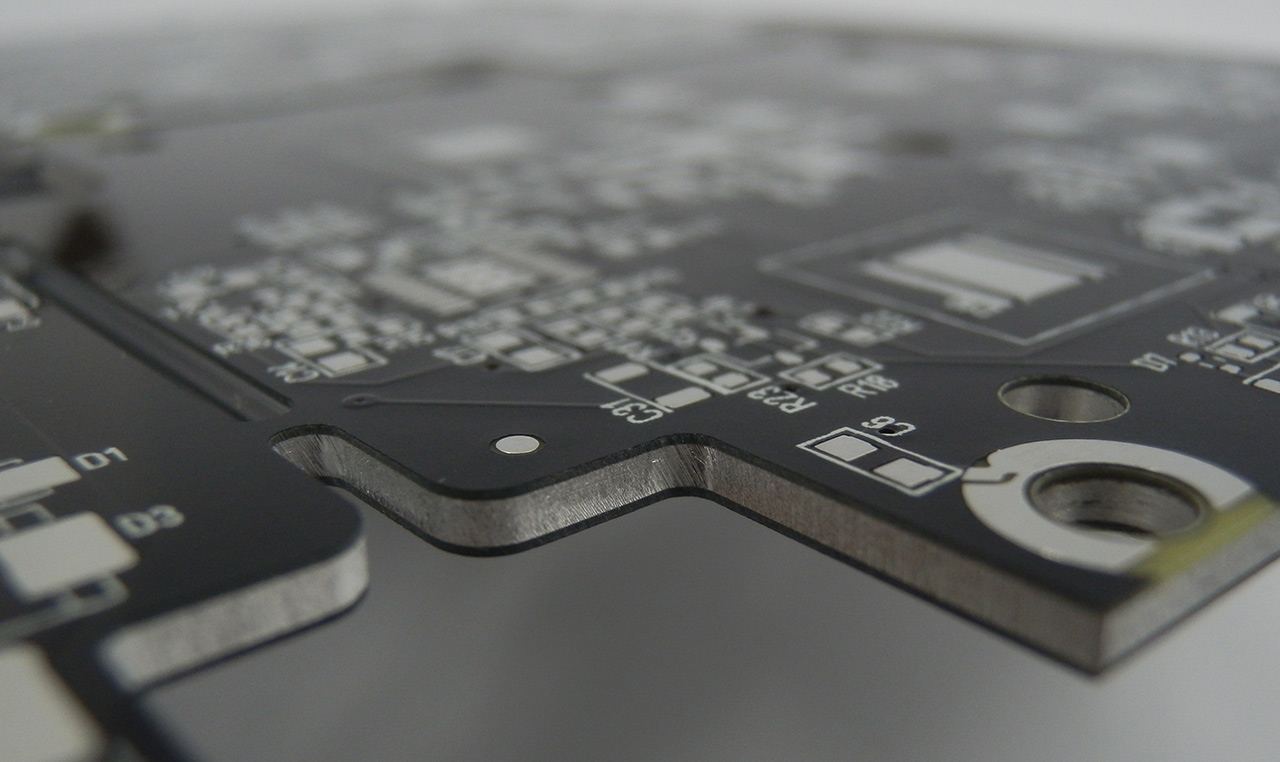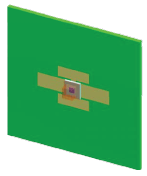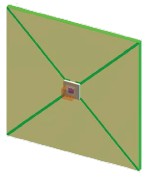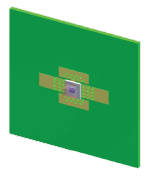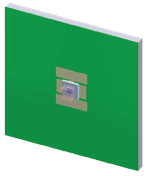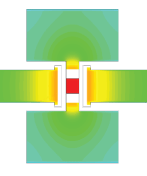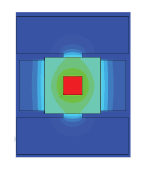At Multi-CB you can get aluminium core PCBs with a thermal conductivity of 1.0 W/mK to 8 W/mK. The aluminium core helps to distribute the selective heat of heat-intensive components and to make the heat development on the printed circuit board more homogenous. The rule of thumb for many high-power LEDs is: A 10° C lower junction temperature increases the lifetime by 10.000h.
For one-sided metal core PCBs, a heat sink and/or fan (active cooling) can be mounted directly on the aluminum (passive cooling).

